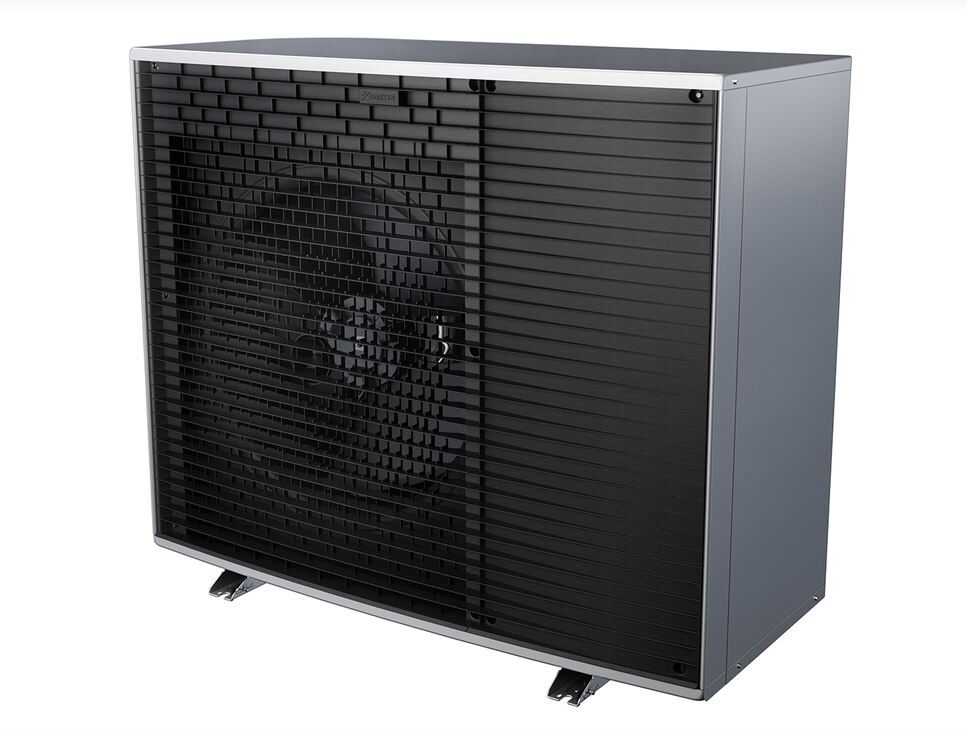From ESS News
Electric vehicle and energy storage maker Tesla initiated its Megafactory in Shanghai in December 2023 and completed the signing ceremony for land acquisition. Once delivered, the new plant will span an area of 200,000 square meters and come with a price tag of RMB 1.45 billion. This project, which marks its entry into the Chinese market, is a key milestone for the company’s strategy for the global energy storage market.
As demand for energy storage continues to grow, the China-based factory is expected to fill Tesla’s capacity shortage and become a major supply region for Tesla’s global orders. Moreover, as China has been the largest country with newly installed electrochemical energy storage capacity in recent years, Tesla is likely to enter the country’s storage market with its Megapack energy storage systems produced in Shanghai.
Tesla has been scaling up its energy storage business in China since the beginning of this year. The company announced its construction of the factory in Shanghai’s Lingang pilot free trade zone earlier in May, and signed a supply deal of eight Megapacks with Shanghai Lingang Data Center, securing the first batch of orders for its Megapacks in China.
Currently, China’s public auction for utility-scale projects saw fierce price competition. The quote for a two-hour utility-scale energy storage system is RMB 0.6-0.7/Wh ($0.08-0.09/Wh) as of June 2024. Tesla’s product quotes are not competitive against the Chinese manufacturers, but the company has rich experiences in global projects and a strong brand impact.
To continue reading, please visit our ESS News website.
This content is protected by copyright and may not be reused. If you want to cooperate with us and would like to reuse some of our content, please contact: editors@pv-magazine.com.



By submitting this form you agree to pv magazine using your data for the purposes of publishing your comment.
Your personal data will only be disclosed or otherwise transmitted to third parties for the purposes of spam filtering or if this is necessary for technical maintenance of the website. Any other transfer to third parties will not take place unless this is justified on the basis of applicable data protection regulations or if pv magazine is legally obliged to do so.
You may revoke this consent at any time with effect for the future, in which case your personal data will be deleted immediately. Otherwise, your data will be deleted if pv magazine has processed your request or the purpose of data storage is fulfilled.
Further information on data privacy can be found in our Data Protection Policy.